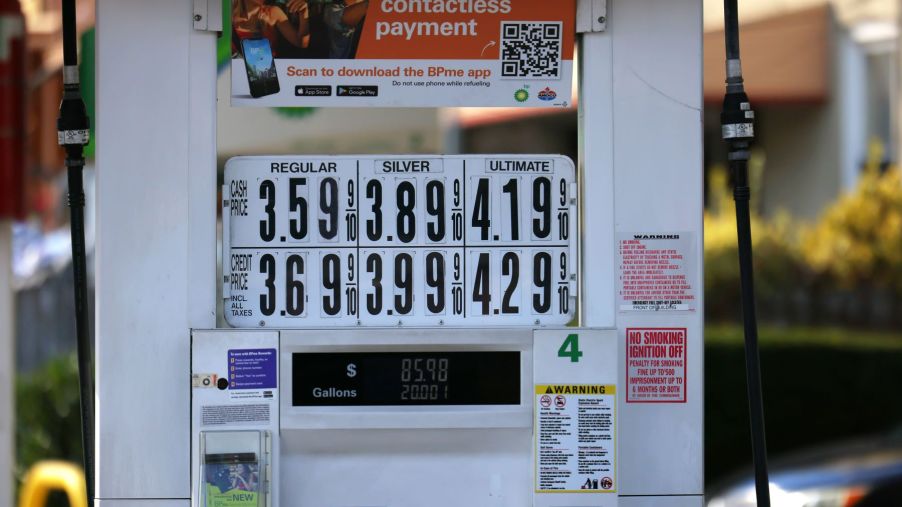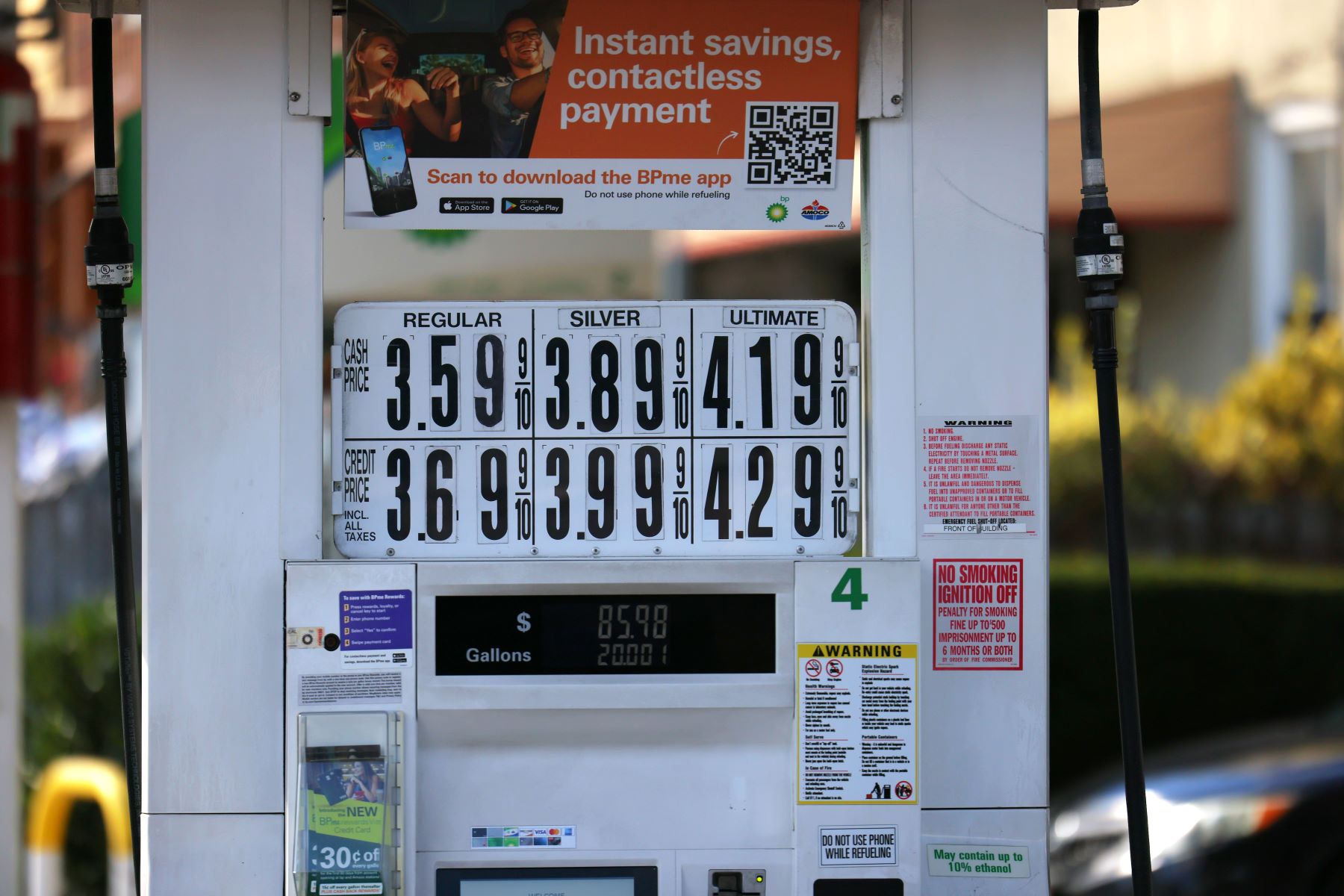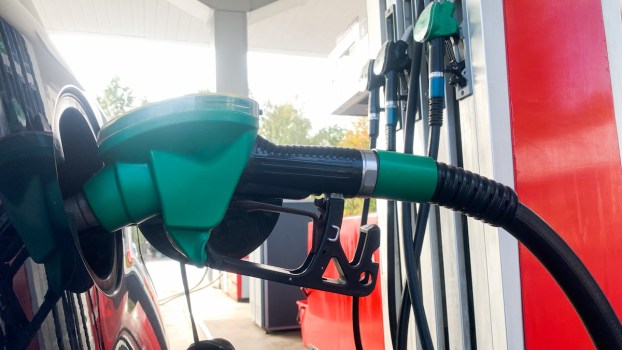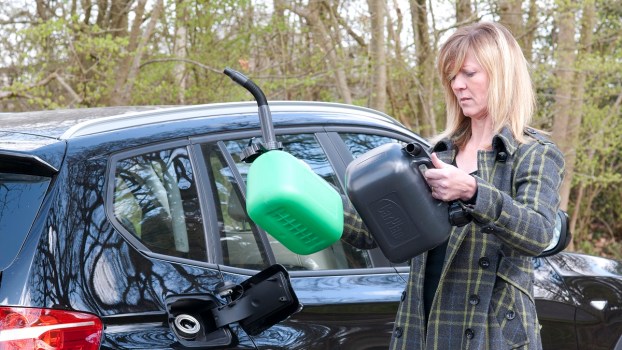
What Is the Difference Between Regular, Mid-Grade, and Premium Gas?
When it comes to gasoline, there are three main types: regular (87 octane), mid-grade (89 octane), and premium (91 or 93 octane). So, what’s the difference between them? What’s the best kind of gas for your car? Using the correct type of fuel for your vehicle is a fundamental part of effective maintenance.
Gasoline contains chemicals that help it combust in your car engine. The higher the octane level of fuel, the more compression it can withstand before detonating. This is why premium gasoline is used in higher-performance cars, as they require a higher octane level to run properly.
So, each gas type has its benefits and is best suited for different kinds of cars.
What is regular gas (87 octane)
Regular gas is the most common type of gasoline. This is because it’s typically the cheapest option at the pump and works well in most cars. However, suppose you have a high-performance vehicle that requires premium gas. In that case, you should avoid using regular gas as it can damage your engine.
Regular gas can range from 85 to 88 octane, with an average of 87 octane. Many car manufacturers recommend regular gas for their models. If your main goal is to get from point A to point B, regular gas is the least expensive of the bunch and will help you achieve that.
What is mid-grade gas (89 octane)
Mid-grade gas, also called plus gas, has a higher octane rating than regular gas. As a result, mid-grade gas works well in most cars. Additionally, car manufacturers often recommend mid-grade gas for specific models of vehicles.
Mid-grade gas offers a higher level of performance than the lower 87-octane gasoline. Still, it isn’t as potent as the higher 92-octane premium gas. Therefore, mid-grade gas is not necessarily the best option for high-performance vehicles requiring premium gas.
What is premium gas (92 octane)

Premium gas is the highest quality gasoline. It has the highest octane level and is, therefore, the best option for high-performance cars. However, it’s also the most expensive option at the pump.
Premium gas is often the best choice for high-performance vehicles. According to Access Insurance, high-performance cars have engines with high compression ratios or turbochargers. Premium gas can help high-performance engines run more efficiently and improve performance. As premium gas helps improve fuel efficiency and offers optimal performance, it is usually recommended by the manufacturer for specific vehicles.
Premium gas usually costs 20 to 30 cents more per gallon than regular gasoline, but it typically contains more octane. If you’re unsure whether your car requires premium gasoline, consult your owner’s manual.
Which fuel type is right for your vehicle?
If your car manual recommends regular unleaded gasoline, you can save money at the pump by using that fuel instead. Premium gas typically costs about 20 cents more per gallon than regular unleaded gasoline.
When choosing a gas for your car, it’s essential to have a look at your owner’s manual. It will recommend the best type of gas for your vehicle based on its engine. For example, premium gas may be recommended for high-performance cars, but it’s not necessary for most everyday vehicles.
Using the correct gas for your vehicle can help reduce the risk of damaging your engine. Furthermore, using the proper fuel can help improve your car’s performance and may even save you money in the long run by preventing potential repairs.
If you’re unsure which type of gas is best for your car, you can always ask a professional at your local auto shop or consult the vehicle owner’s manual.
Updated: 10/22




